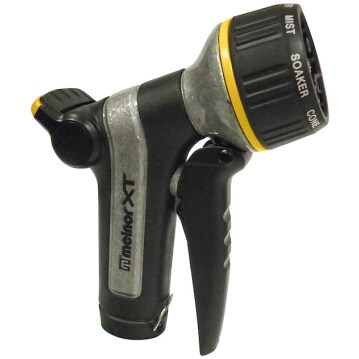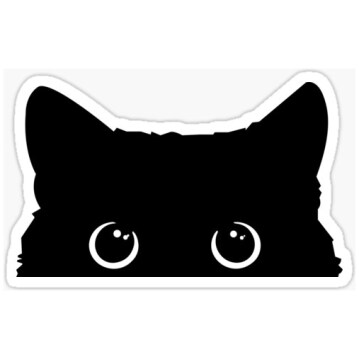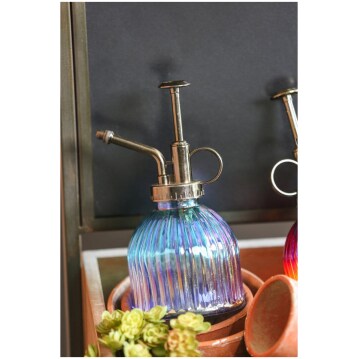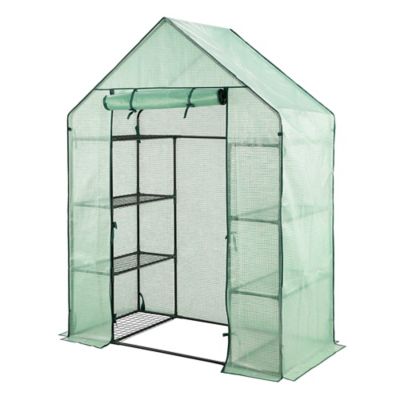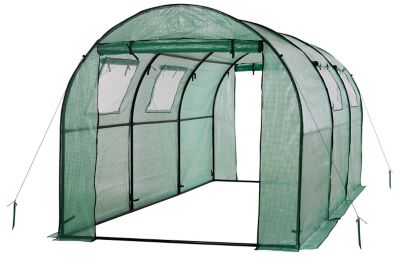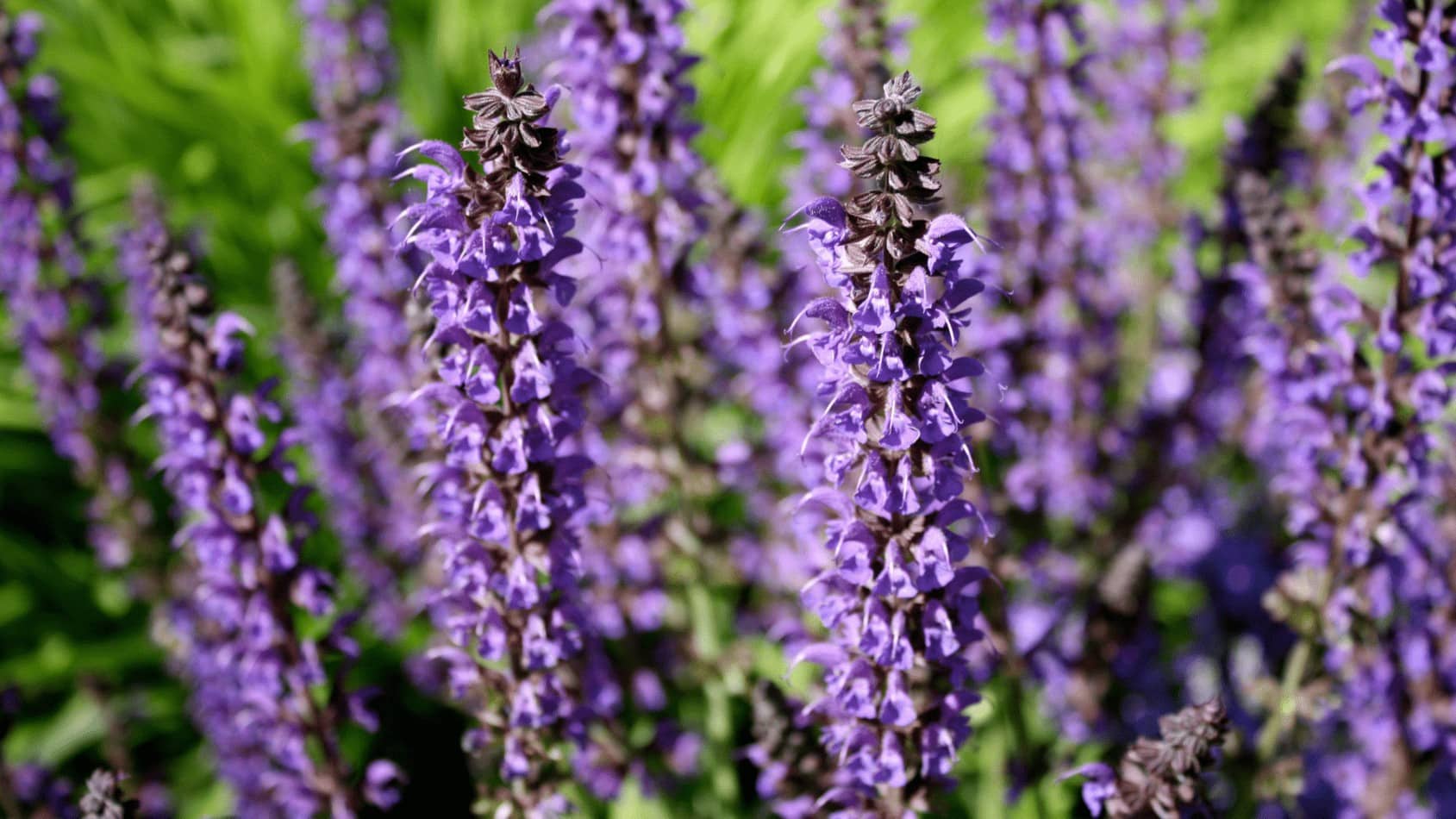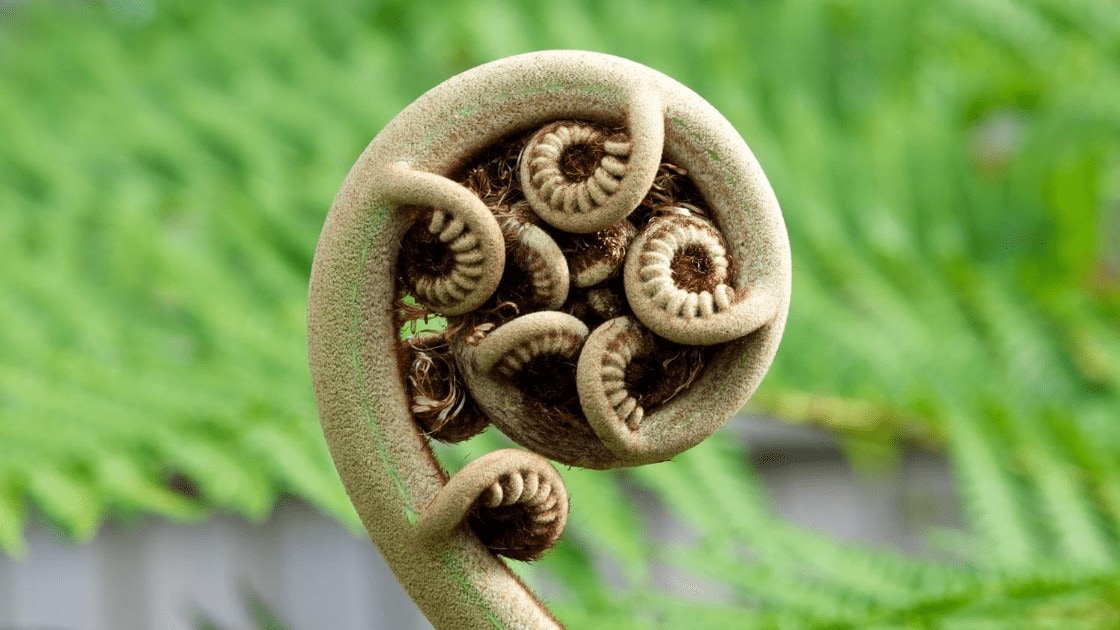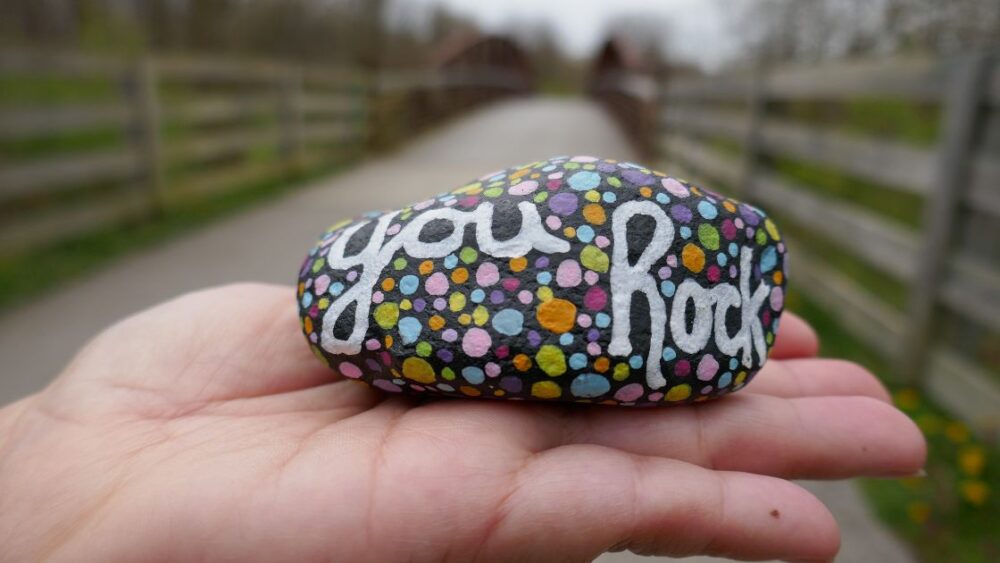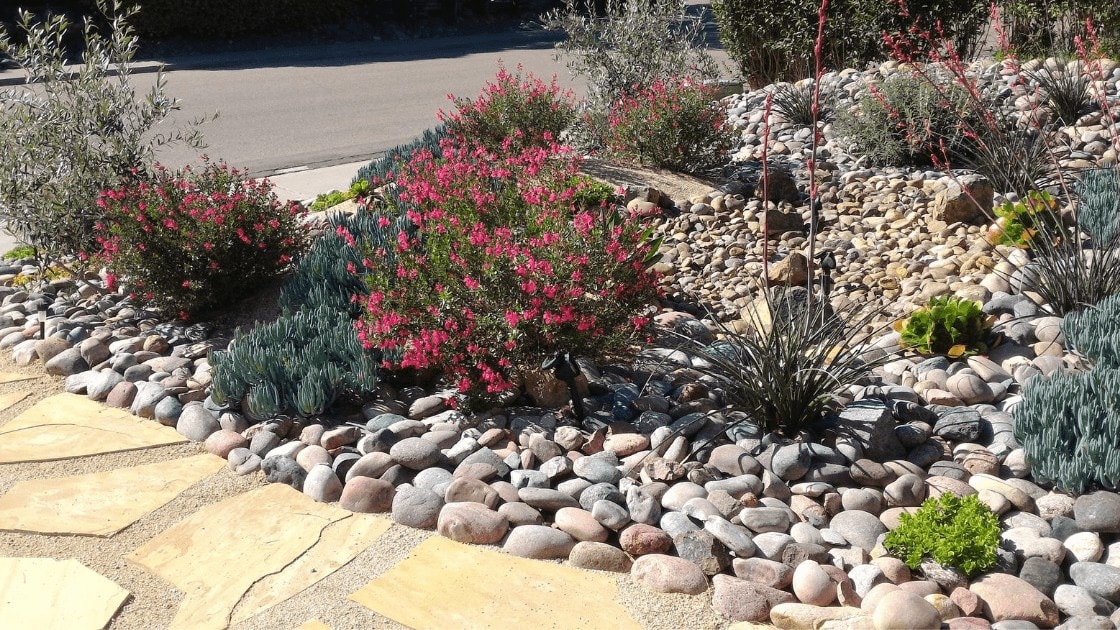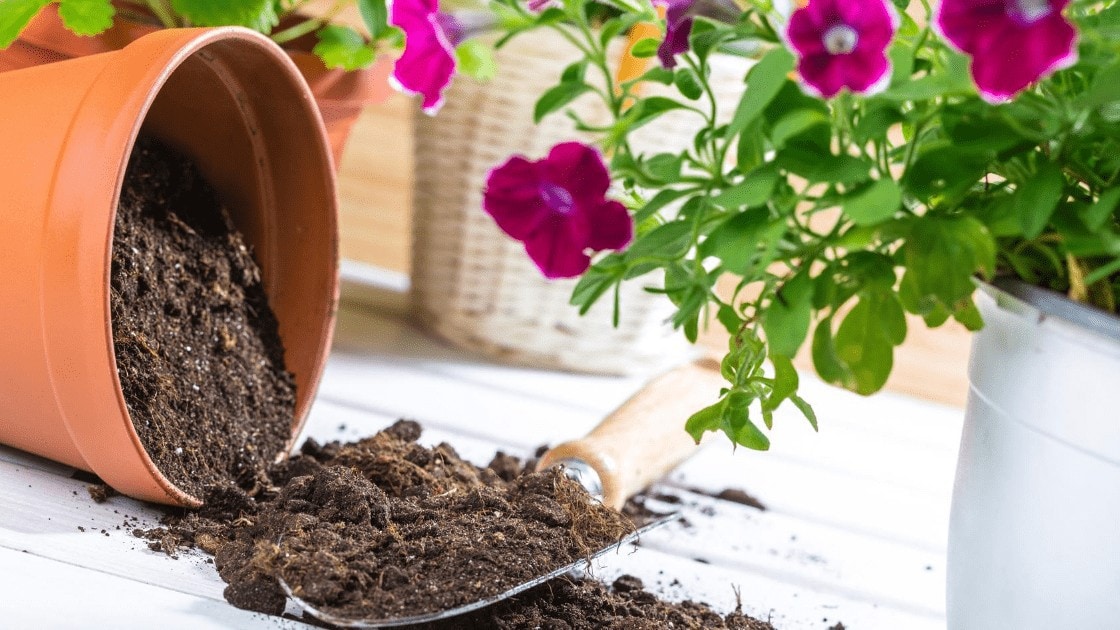
Is gardening worth all the effort it requires? Even tiny windowsill plants require watering, fertilization and pruning, while large outdoor gardens may require irrigation systems, frequent fertilizer, and constant pest inspections. For many, it is simply a hobby that has no boundaries and creative limits, while providing a sense of achievement. In the following, we’ll dive deeper into the benefits and drawbacks of gardening, and see if it can be done cheaply by helping you decide if it’s worth it to you.
Gardening takes on a lot of forms – from having a few tiny pots of mint, basil and other easy to grow flowers on your windowsill, to maintaining a large piece of land that can supply most of your yearly vegetable needs. Or you can simply have a tiny terrarium that house your favorite succulents. It all depends what you’re needs and most importantly, time allow you to spends. In the following we will discuss why it’s easier than many people make it out to be.
Why do People Choose to Garden?
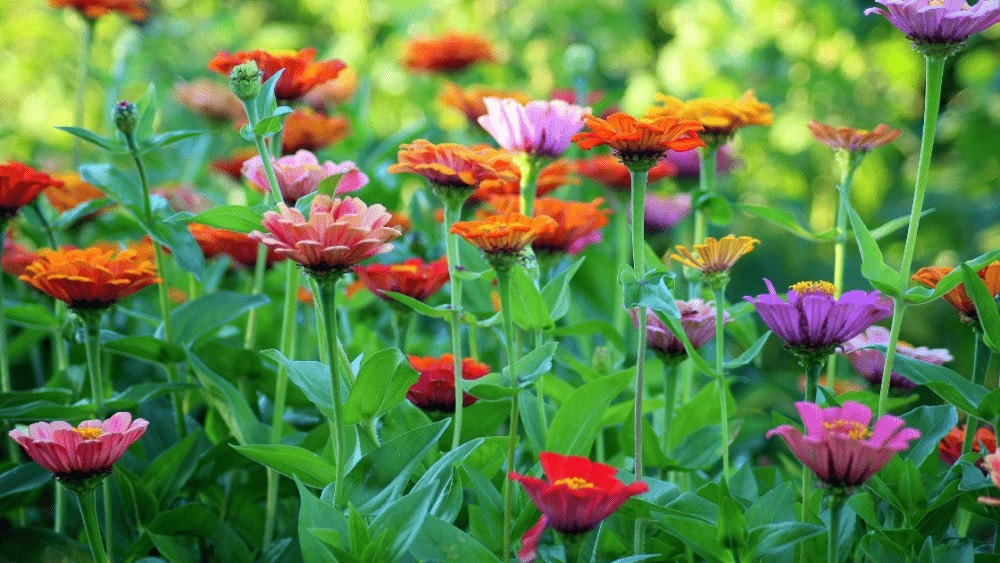
Obviously, without gardening we wouldn’t be able to survive, as plants sit on the bottom of the food pyramid. They are classified as ‘autotrophs‘, which means that unlike animals, they can take simple nitrogen molecules and assemble them into proteins, which we then use as food. On the other opposite side, many choose to garden to surround themselves with the natural ambiance and tranquility plants have to offer and some say they even bring luck and prosperity depending on your beliefs.
Browse our Affiliate Products
Since commercial agriculture already provides everyone with easy access to fruits and vegetables, why would anyone choose to garden in their own home? Home gardening has two types of pay-offs – practical and intangible.
When then people talk about gardening, many think of fruits and vegetables. While it’s true, many people do garden for this reason, many others love to produce flowering gardening such as roses, petunias, orchids, lily’s and so on. For these reasons, you don’t need large spaces or even a back yard, all you need is decorative flower pots that can be purchased just about anywhere, potting soil, small hand tools, and a willingness to learn.
It can be said gardening is a reflection of our lives because you plant a seed, provide nourishment, and watch it grow (life imitating nature). This is why many get a sense of accomplishment and satisfaction because they either purchase seedlings, or sow seeds depending on the level of their skill and watch their efforts come to life and eventually bloom and flower. Although gardening work is never done such as our lives, you never stop learning and you always find new ways of doing things. Even still, you can find just about any product or plant that fits your personality perfectly while never feeling the sense of gardening isn’t for you
Practical Pay-offs From Gardening
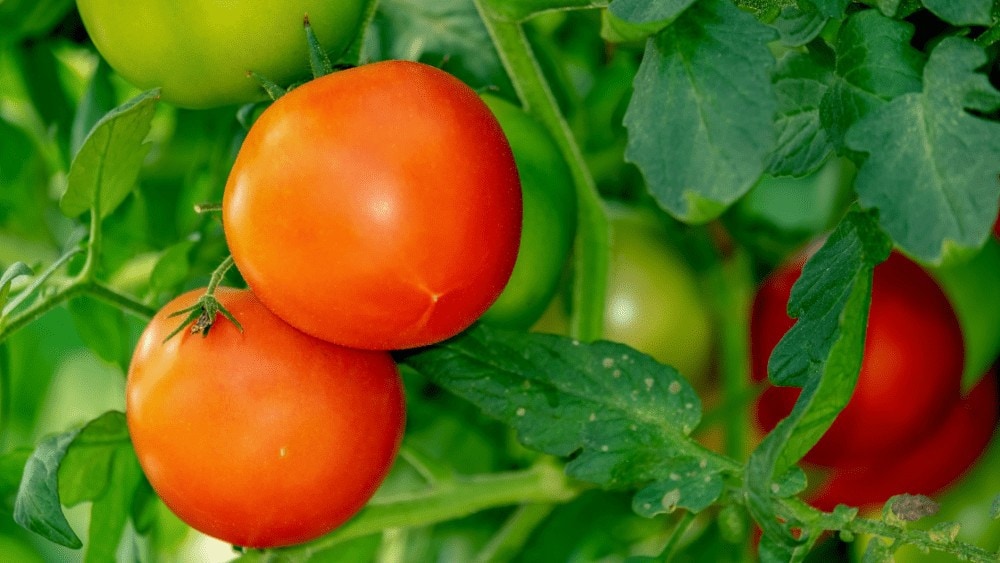
Gardening can allow you to produce vegetables that are unavailable or expensive in your supermarket. Supermarket tomatoes, for example are usually hybrids, engineered to be very spoilage-resistant. This comes at a price – the taste and general quality is far from excellent. Heirloom varieties are usually 2 to 3 times more expensive in the supermarket, because their maximum storage time is often 10 times shorter compared to the tasteless hybrid tomatoes.
Growing tasty, heirloom varieties in your home garden can be very practical and cheaper than buying them in the store. Fresh spices, such as mint, oregano, basil and others are extremely easy to grow even in limited spaces and their prices in supermarkets are also often very inflated.
On the other hand, if you’re an individual that loves different types of plants and always buys them from grocery stores and flowers shops, it may be worth it grow what you love so you can always have them on hand. Many people don’t realize that some plants don’t need to be started from seed and can grow simply from a cutting such as,
- Succulents
- Dahlias
- Gardenias
- Azaleas
- Camellias
- And many others.
This is how many gardens are started, simply from a cutting, and if the plant is in high demand, you can always start new plants in pots and sell them on the side. In which case, some succulents and certain types orchids are can generate a small income, as well as, many other plants. If your interested in succulents, read our article here, Mini Succulents: The Big World of small plants.
Intangible Pay-offs From Gardening
If gardening is something that interests you, the payoff from it can be much larger than the practical amount plants you can collect. It’s a great all-around hobby that can occupy as little or as much time as you want it to. Many people choose to grow only ornamental flowering plants, which can have a high decorative value for a home and improve the environment in your garden. Watching them grow and flower is also just a lot of fun.
While this is one trade off of many, once you familiarize yourself with what works and what doesn’t, you can see what people are doing wrong with their plants and trees they are planting on their property. For instance, sycamore trees. Many people love the fact they become huge shade trees, but don’t realize they can become potentially dangerous the bigger they get. And still, people still plant them in their yards and open spaces.
Although for adults, many choose to garden to fill the day, but also teaches valuable learning lessons for children alike. This helps them to respect nature because everything needs to be taken care of while enjoying what it has to offer. Also, it promotes a sense of connectives to the world that no social media or handheld technology can teach them. An example would be fairy gardens since they are extremely popular. For more information, click to read our article. How to Build Your Own Fairy Garden: Your Step-by-Step Guide
Is Gardening Good for Your Health?
Outdoor gardening gets you out in fresh air and sunlight and the physical contact with the soil can expose you to beneficial microbes, which people have been naturally exposing themselves to since the beginning of time. It can be relaxing, relieve stress, exciting and can completely eradicate boredom – there’s never a shortage of new varieties of plants to grow or things to experiment with.
Also, there is a huge following of people that love to garden and brings about opportunities to connect with others. Many it be at flower shop, local gardens, or just a stroll at the park, you would be amazed that there is no shortage of people that love their plants and flowers. for instance this site, 29 Signs You Have An Indoor Plant Addiction discusses all about it.
What Can You Learn From Gardening?
Depending on the plants you want to grow, gardening can have a surprisingly long learning curve. Learning how to deal with pests and diseases, proper application of nutrients and irrigation can all take time.
However, nowadays there is a huge amount of free information available on the subject and anyone can become proficient in gardening in only a few months. Obviously, knowing you have the skill of growing your own food and flowers can be extremely satisfying. If you’re a good designer, it can a have profound curb appeal on your property.
Can You Garden Year-Round?
Gardening can be a year-round process with only 2 to 3 months of off-time. Many fruit-bearing vegetables, including indeterminate tomato varieties are harvested up until late October and the new seeds are started indoors around February. This means that the only months where you won’t have anything to do are November, December and January, but this time can be spent gardening indoors.
If you don’t want gardening to be a year-round hobby, you can instead focus on growing short-life crops, or low maintenance house and outdoor plants. Just remember that certain type of plants can’t withstand a certain amount of cold or heat. Some plants you need to bring indoors, or provide some sort of protection from the elements such as a small greenhouse. You can read more about them here. Why Buy a Greenhouse? Plus 12 Benefits Of Owning One.
The same principles apply to ornamental flowering plants – there are species that flower only at the end of spring and ones that keep flowering all throughout the warm months. Some are even self-seeding and have a self-perpetuating yearly cycle that doesn’t require much help from you.
Is Gardening a Hobby or a Passion?
A hobby and a passion are overlapping definitions, but generally, hobbies are something that you only do in your spare time, while a passion occupies a larger percentage of your time and gives you more excitement. Gardening can be both and you have full control over how you chose to approach it. Not to mention, all the cool gear you can collect.
What Makes Gardening Rewarding?
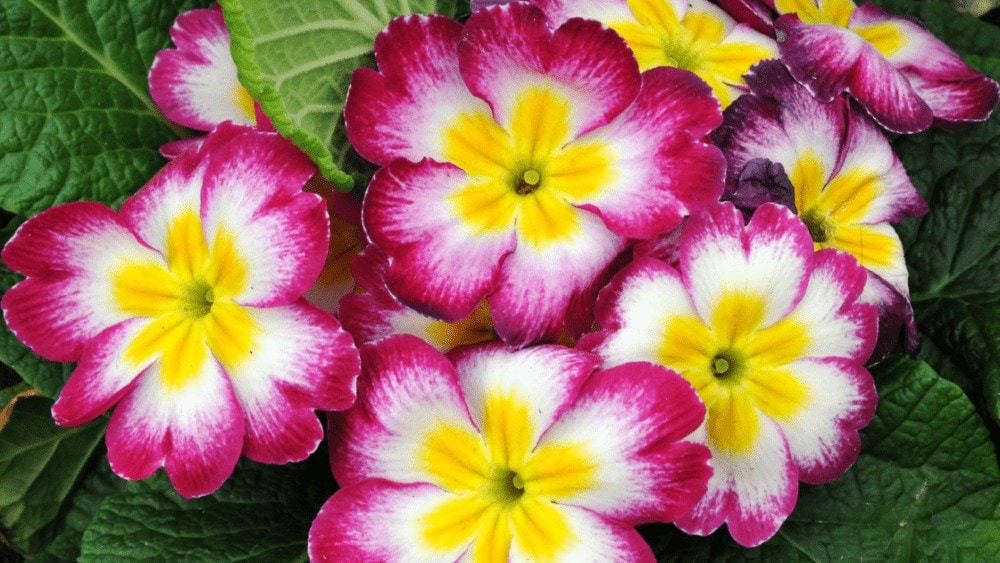
Most of the rewards that gardening has to offer come in the form of a sense of progress that you feel as you watch your plants grow, develop and flower. Harvesting your crops is also very rewarding, but for most people it isn’t the end-all of gardening. As is the case with all great hobbies, gardening is one that has an endless learning curve – you never feel like you’ve learned everything there is to learn and you always discover fun new things to experiment with.
How Much Work Does Gardening Involve?
Because of the many forms which gardening can take, it can be as labor-intensive as you want it to. Even large gardens can be mostly hands-free if you install a proper drip-irrigation system equipped with an automatic timer. Those systems can be installed for as little as a few hundred dollars.
Can Anyone Garden?
Of course! If you’re interested in gardening, there is always a way to do it, regardless of where you live or how much you can afford to spend on it. We’ll get into all the expenses which gardening requires in a bit.
Indoor vs. Outdoor Gardening
Most people think of gardening as an outdoor activity, but it can be practiced fully indoors. In the past, HPS lights were used for indoor growing, but in recent years, LED lights have become widely available – they are even more efficient and can practically last forever. A 300-400W LED grow light can allow you to have an indoor garden with an area of around 10 square feet.
Although this doesn’t sound like a lot, it can still allow you to harvest a lot of spices, hot peppers and other ‘high-efficiency’ crops practical for indoor growing. And the satisfaction that comes from gardening doesn’t have anything to do with the number of plants you can grow or the amount of vegetables you can harvest! For more helpful indoor growing tips, click here, Helpful Tips and Tricks For Beginner Indoor Gardeners.
How Expensive Is Gardening?
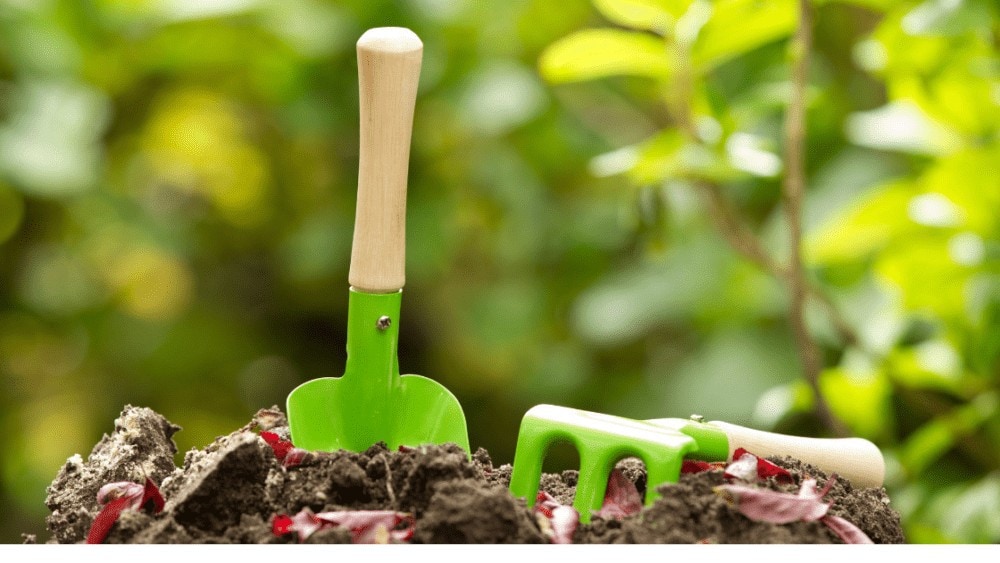
Gardening can range from free to relatively expensive, depending on how you choose to approach it. The biggest expenses are usually high-end indoor grow lights, greenhouses and irrigation equipment. Let’s take a look at the most common expenses involved:
Tools
Good tools to have for medium-scale, outdoor gardening include gloves, pruning shears, a trowel and some irrigation equipment, like a garden hose equipped with an adjustable nozzle. For more information on tools, check out our article. What Tools Should a Beginner Gardener Have?
All of those can be purchased for less than $100 combined and none of them are absolutely essential. Some more expensive tools and equipment include light intensity (PAR) meters, soil pH and EC meters, water storage tanks and so on.
Plants
Plants can be very cheaply bought from a nursery or they can be started from seeds. Starting from seeds can be extremely cheap – for example, 1 to 2 grams of tomato seeds can cost a few bucks and give you enough plants to fill a large garden.
Fertilizer & Pesticides
Proper nutrition is something that has to be researched individually for every plant. There are both synthetic and organic fertilizers available. In any case, fertilization is always relatively cheap and for commercial growers who buy fertilizers in bulk, it comes down to around $100 per acre.
When it comes to a typical home garden with an area of a few hundred square feet, fertilizer for a whole year will rarely set you back more than $10 – $20. Pesticides and fungicides are similarly priced and they are optional. For more information on soil, click here, What Are The BEST Potting Soils for Every Type of Plant?
Starting From Seeds vs. Purchasing seedlings

Starting from seeds is more exciting and can be so cheap that it’s practically free, but buying seedlings can save you as much as a month of growing time. If you’re starting your garden later than around the middle of March, purchasing seedlings is usually the best option. This however depends on the types of plants you want to grow. If your interested in growing tomato’s, click here, Simple guide to starting your own tomato garden.
Cost of Electricity and Lights for Indoor Gardening
Indoor gardening is convenient, but it does require an investment in grow lights – those can cost from $50 to several hundred dollars. A gardening area of around 10 square feet, equipped with a 400w LED light will usually increase your monthly electricity bill by around $20.
This grow area will enable you to harvest around 10 to 20 heads of lettuce each month, or up to 10 pounds of tomatoes, peppers, cucumbers or other vegetables.
Are There Any Drawbacks to Gardening?
If you aren’t attracted to gardening as a hobby, but instead look at it purely for practical reasons, you may soon be disappointed by the work involved, unforeseen problems and lower than expected yields. When you factor in the time involved in caring for your plants and put a price tag on it, buying produce from the supermarket will almost always turn out to be cheaper.
Can You Make Money Off Your Garden?
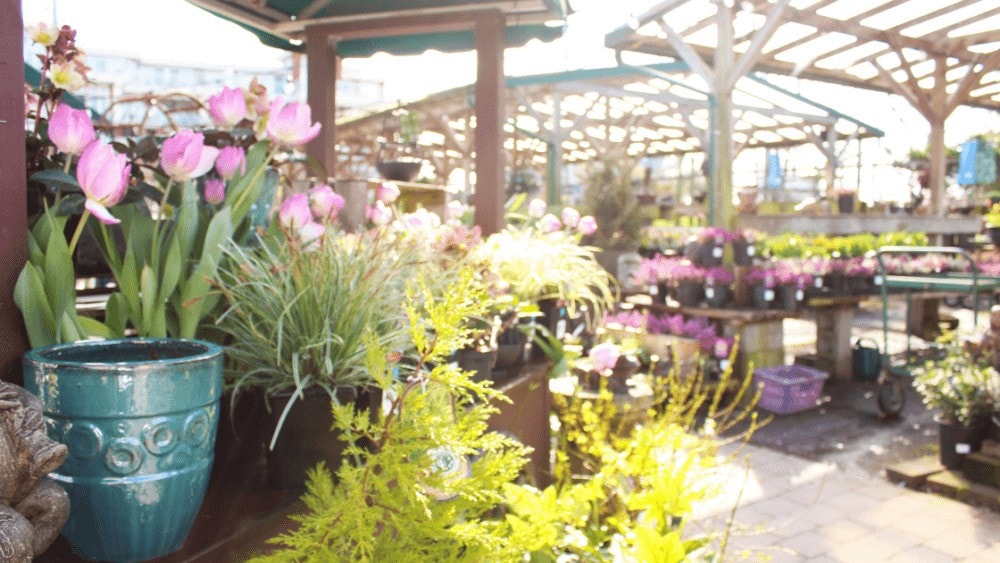
There are countless business models when it comes to monetizing your garden. You can sell fresh produce, collect and sell seeds, sell cuttings, and produce spring seedlings for other gardeners to purchase.
Growing ornamental flowers and supplying flower shops is another possibility. In all cases, the profitability of those business models depends on finding a suitable niche that’s in demand in your particular location. Generally, microgreens are the easiest and fastest to produce and sell, but you may have a lot of competition.
Final Thoughts
Gardening is definitely worth it – there aren’t a lot of things as exciting as watching your plants grow, flower and form fruit. Growing your own vegetables allows you to grow heirloom varieties that can be impossible to find at reasonable prices in supermarkets.
Gardening also offers many indirect benefits and has ‘built-in’ health benefits, such as increased exercise, more time spent outdoors and access to fresher food. And of course, filling your empty garden space with ornamental plants is a great way to improve the overall comfort and attractiveness of your house.
